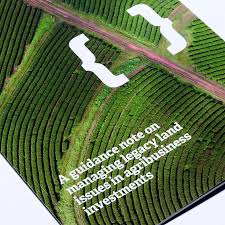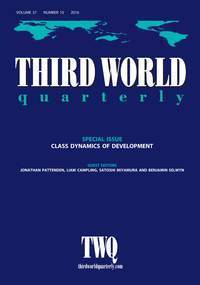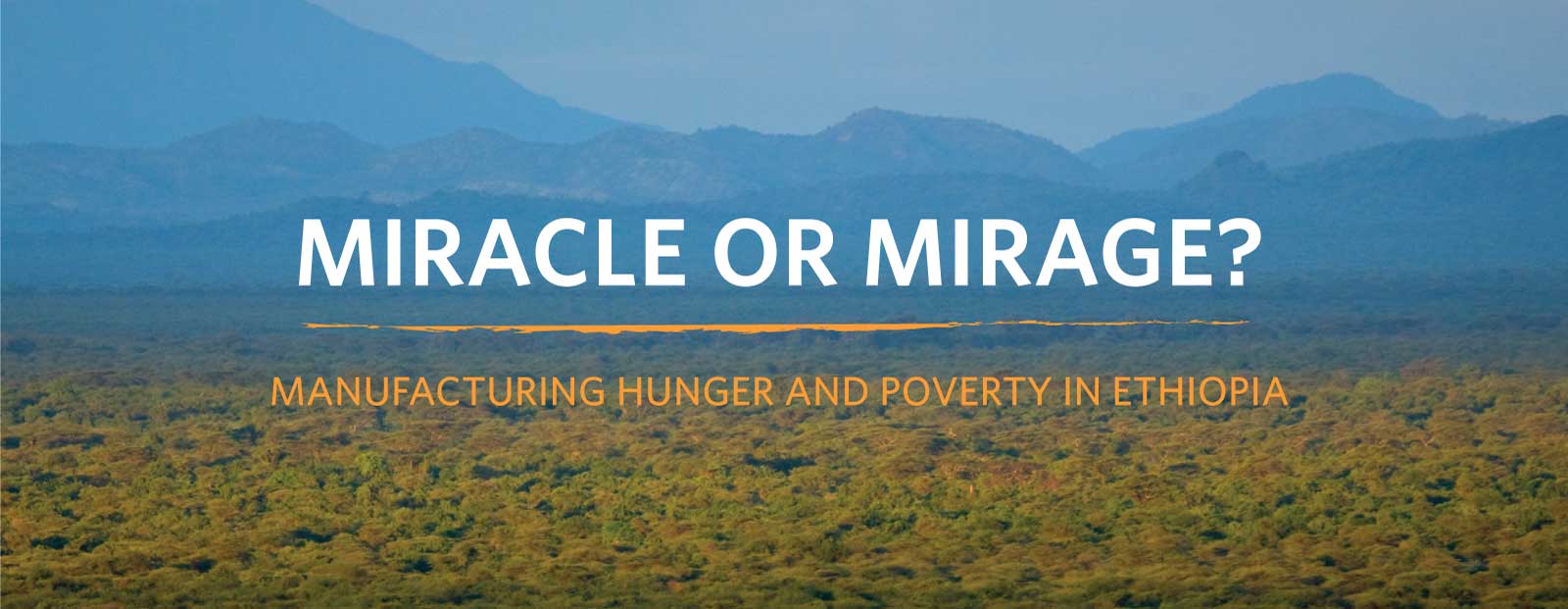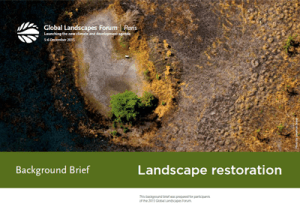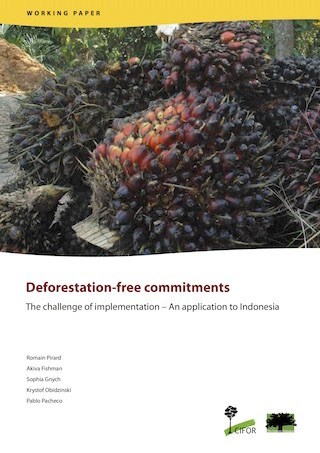A guidance note on managing legacy land issues in agribusiness investments
This document provides guidance to agribusiness companies and investors that face legacy land issues and seek to manage them to manage social impacts for project-affected communities. It outlines tools to address these issues and safeguard the rights of local communities, and to promote community development and business opportunities for mutual benefits.

